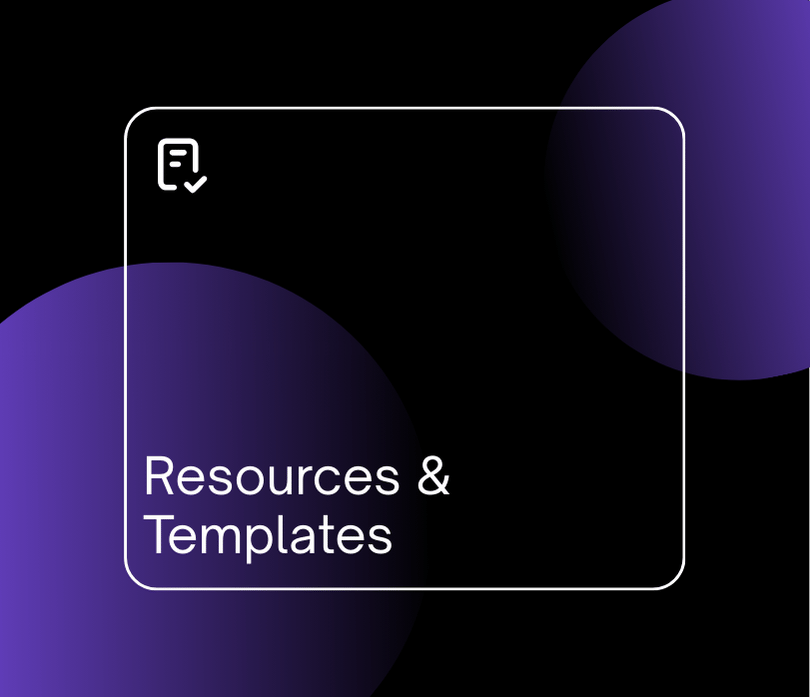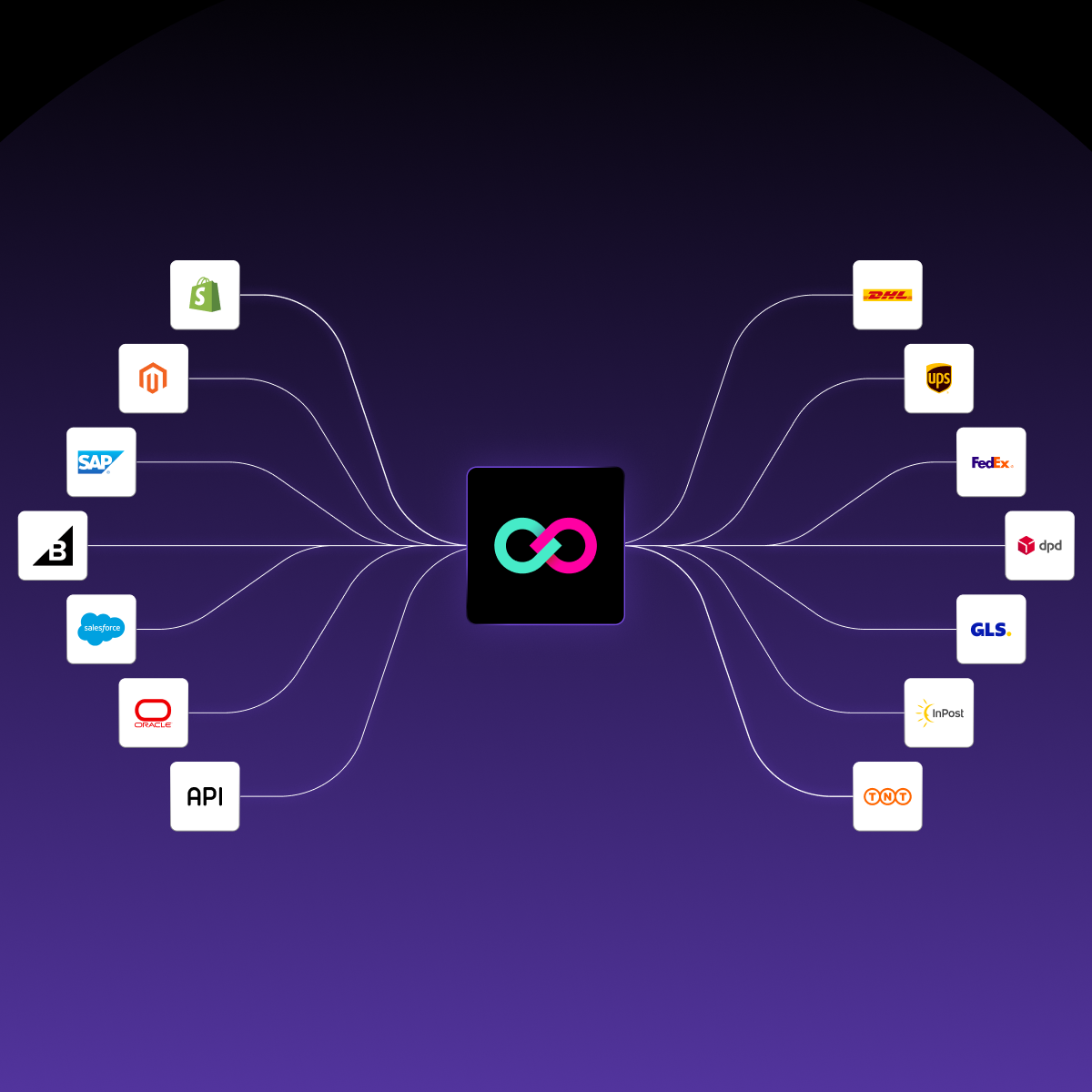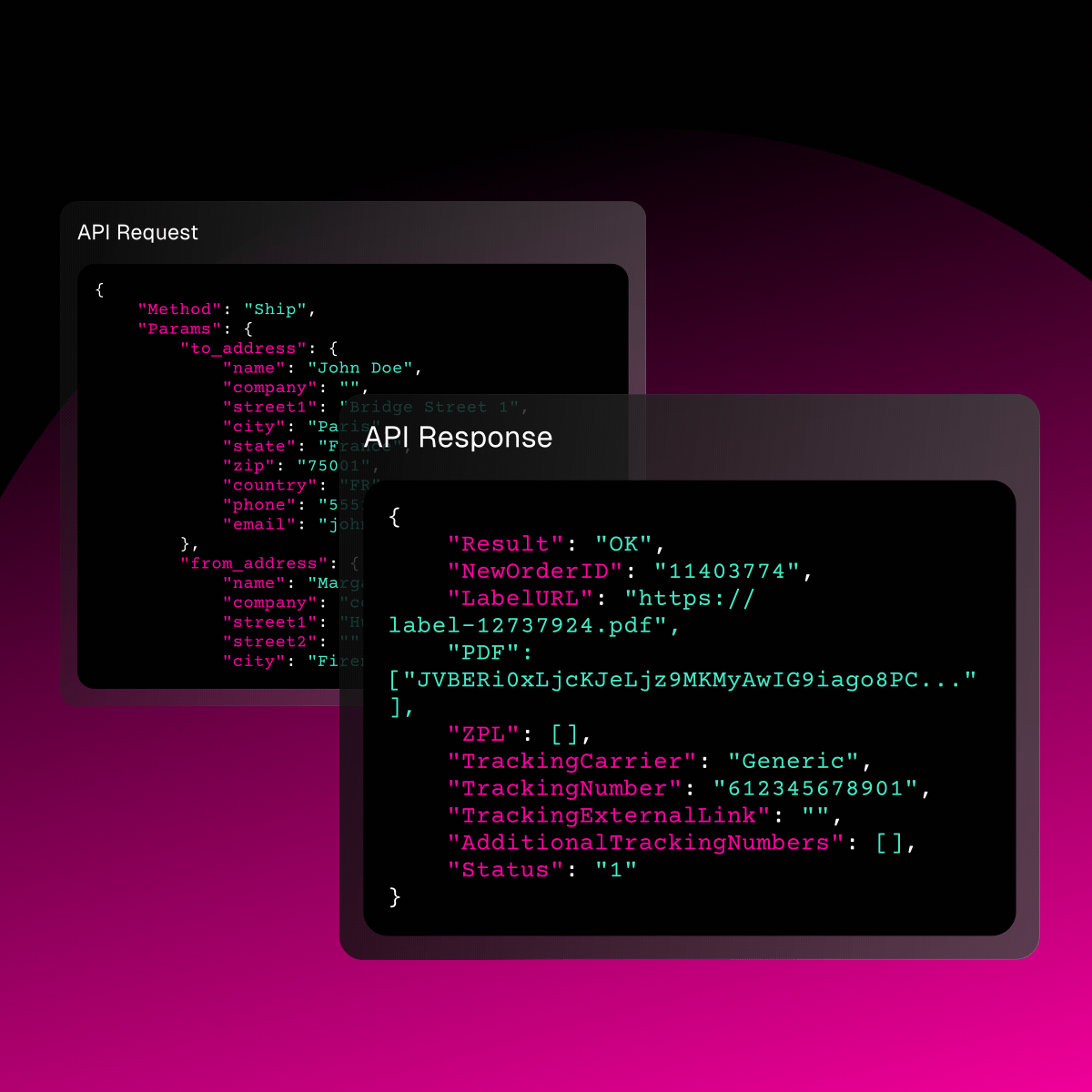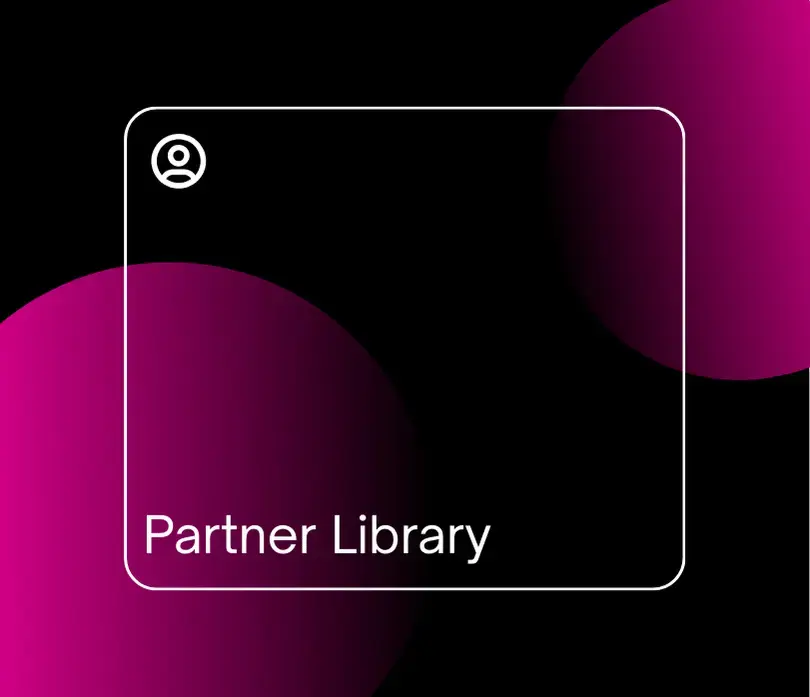How to create a winning pricing strategy + examples (2026)
Of all the things business owners have to think about when building and operating their company, a solid pricing strategy is something that tends to fall down the list of priorities. Not enough businesses think critically about how (and why) to price their products or services, which can lead to money being left on the table or turn potential customers away if the price isn’t right.
A winning pricing strategy can act as a powerful growth lever — even a 1% increase in cost of goods sold (COGS), unit sales or original selling \price can have a big impact on your bottom line. However there are no hard or fast rules when it comes to pricing, and much of it comes down to shopper perception, external industry factors and product value. This is why it’s vital to take the time to understand your product and customers to come up with the best strategy.
This article will break down everything you need to know about choosing the right pricing strategy, and how to land on that all-important (and sometimes elusive) perfect price point.
What is a pricing strategy?
Simply put, a pricing strategy is a methodology or consideration that business owners use to price their products or services effectively. There are various types of pricing strategies that will have more benefits depending on what you’re selling.
How you price your product or service sends a message to your customers about how much you value your brand, and can be the first thing that pushes customers towards (or away from) your business. A strong pricing strategy will solidify customer loyalty and help you reach your business goals, which is why it’s important it’s calculated thoughtfully.
Benefits of a winning pricing strategy
There are many advantages to implementing an effective pricing strategy. A bad or unfocused pricing strategy might push customers away or tell them that you don’t have value or faith in your product. A winning pricing strategy sends a message.
Sells confidence in your brand
A good pricing strategy will tell your customers you have confidence in your product and know its worth. A lot of price strategy is based on perception, and how much you charge your customers is one of the first indicators about how you personally feel about your brand.
If it’s priced too low it might make people wonder why and question the purchase. If the product or service is priced too high, it might put potential customers off buying. The right price is one that feels fair and meets customers expectations.
Determines profitability
Figuring out the perfect price is key to determining profitability. A pricing strategy will be able to leverage the best price for your customers and your goals.
Attract customers
A good pricing strategy can aid you in growing your business. Types of pricing strategy such as dynamic pricing and skimming (see below) can help you attract new customers. Customers will see your prices lower or change over time which might encourage them to purchase by jumping on a deal before the price goes back up again. This is one way a pricing strategy can directly influence customer behaviour.
What factors influence price strategy?
Finding the right pricing strategy for your business is not a straight-forward affair. There are a lot of external factors that can influence a pricing strategy that need to be considered before pricing your product.
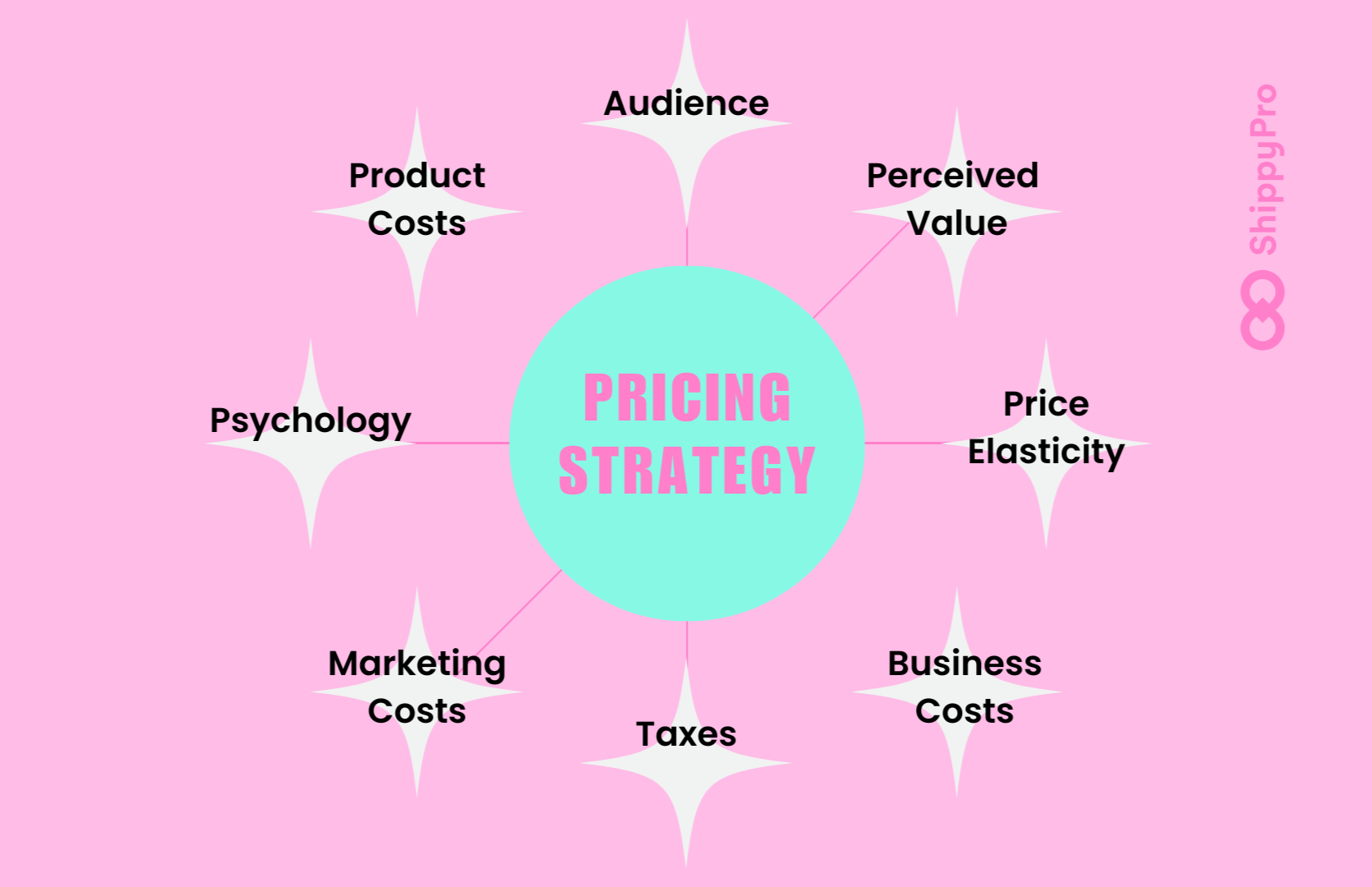
Fluctuating demand
One of the biggest factors that will affect the price of your products is demand in the market. If there is a lot of demand, you can capitalise on that by either lowering your prices to increase sales, or raising them as demand dwindles — however this may harm customer trust.
If there is no large demand, then it’s harder to predict how your product is going to perform and therefore it might be best to keep your prices stable, tracking your sales and experimenting with price points down the road. Using a formula, businesses can predict how a change in price might affect customer demand. This is called price elasticity of demand:
% Change in Quantity ÷ % Change in Price = Price Elasticity of Demand.
This formula can help business owners predict whether their products are sensitive to price fluctuations.
Competition
Demand for your product is also linked to your competition. In highly competitive markets it's best to keep your prices in line with your competition unless you have a monopoly. If customers perceive the value of your product the same as your competitors you could lose out in a big way if they decide to drop their price. If your prices differ wildly from similar products you may also struggle to win customers over.
Customer loyalty
Building customer loyalty is one of the best ways to grow your business, convert new customers and make sales; but it isn’t easy. How you price your products will impact how your customers perceive your brand. Highly loyal customers won’t sweat too much if you raise your prices for whatever reason, but don’t take that to mean that they will stay loyal to you if a better deal comes along. Price is only one of many factors that will keep your customers happy and attract new ones.
Product/service value
One of those factors is the value of your product/service. How much you value your business should be reflected in its price. It’s important you’re able to justify the sale at the price you set without sacrificing
Cost of good sold (COGS)
In order to make a profit you need to make sure you’re charging your product for more than it costs to create it. COGS will play a central role in your pricing strategy. The only time you would want to sell your product for less than it cost to produce it would be to create a “loss leader” — this is a way to incentivise sales by selling a product at a hugely discounted rate. However it is not sustainable in the long term.
Supply chain issues
You never know what can happen, and after 2020 we are all very aware of how quickly disruptions can change the course of our lives and businesses. Problems along the supply chain might affect your price strategy overnight. Ways to get around this are to work with multiple distributors and warehouses so that you’re not wholly reliant on one or two companies. Even so, you might need to quickly adapt your pricing strategy so it’s important to prepare for any eventualities to keep your business growing.
Types of pricing strategies
There are many types of pricing strategies which will benefit certain types of business and industries. They are also not standalone strategies, but can be used together to create a pricing strategy that uniquely benefits your business. Here are some of the most common.
Value-based pricing
Value-based pricing is when you set your prices to reflect what your customer’s think your product or service is worth and is willing to pay. Prices are set based on customer interest and data.
Competition-based pricing
A competition-based pricing strategy is when a business sets their prices based on their competitors. This strategy leverages market data to keep prices in line with other similar products on the markets. This is a good pricing strategy for when the business is starting out, but there isn’t a lot of room for growth. In the long term basing your price on your competitors may undermine your own value.
Price skimming
Price skimming is when prices are set as high as possible and then decrease over time. The aim is to “skim” the very top of the market before dropping them as the product becomes less popular. It’s a strategy that will usually only work with certain, usually brand-name products.
Dynamic pricing
Dynamic pricing will move up and down based on demand. Some industries can get away with constantly changing prices (such as fuel companies or airlines) but it won’t work for subscription-based services where customers expect to pay a certain amount for a period of time.
Cost-based pricing
Cost-based pricing is a strategy that takes the total cost of making a product into account and adds a markup to that to determine the overall price of a product. This is one of the most straightforward pricing strategies but as a business owner you must have a good idea of the production costs involved; everything from materials, labour, warehousing and transport.
Penetration pricing
When you’re a new business starting out in a highly competitive market, you might use penetration pricing to get a foot in the door. This is essentially offering your goods at a much lower price than the competition to make sales. While this is a good initial strategy to capture market share, you want customers to stay loyal once the initial deal is over.
Economy pricing
Economy pricing is used mostly by the commodity goods industry to make generic goods more appealing to consumers. It’s designed to make customers feel like they’re getting a good deal. The benefit for the business is that it keeps prices lower than the competition but makes up for it in the number of units sold.
Premium pricing
If there was an opposite model to economy pricing, it would be premium pricing. A premium pricing strategy sets its prices high to give the impression that the product is luxurious or high-value. This pricing strategy is based more on the perception of a product's worth, rather than its real value.
Freemium pricing
This type of pricing strategy is often used by software companies or apps. Businesses will tend to offer a free but limited version of their product, with the hope that over time the consumer will upgrade to the paid version.
How do you choose the right pricing strategy?
As mentioned above, there is no one-size-fits-all pricing strategy for all businesses. Many different factors will influence how you price your product or service so you want to build a pricing strategy based on your unique business and goals.
1. Estimate your value
You will first want to estimate the price your product or service could make based on cost, market, demand, etc. Pricing potential is important because it will give you a starting point. This is the point when you need to factor in all the different things that could impact your price; geographic specifics, inventory, demand, competitor information, operating costs, etc. You also might want to conduct a market analysis and determine the ideal price range your product/service would fit into; £10? £100? £500?
2. Know your customer profile
The second step is to understand your customers as well as you understand your business. This part of the process will help you determine the who, what and why your customers will be buying your product so that you can build a pricing strategy that directly targets them.
It helps to be as specific as possible when you’re creating your customer personas so that you not only target them but retain their business over time. To do this you can ask the customers you already have about their specific pain points so that your product/service can be their solution. Research during this phase is vital to understand your customers and what they want.
3. Evaluate competitors
Your competitors will help you figure out your price point even if you aren’t going to use a direct competitor-based strategy. Choose at least three competitors, study their pricing strategy and conduct a competitor analysis of their strengths and weaknesses which you can use to your advantage — whether that is by beating your competitors in price or value (value-based pricing strategy).
4. Determine your business goals
You want to strike a balance between your product’s value and your business goals. It’s important to make sure that your customers are getting a fair price but at the same time need to keep scalability, lead conversion and profitability in mind. It’s all well and good to go after new customers to scale your business, but it’s also important to keep your existing customers happy too. The right pricing strategy will ideally do both and help your business grow.
Price Strategy Examples
Streaming services

Streaming services such as Netflix, Hulu, Disney+, Amazon Prime, etc all charge a very similar amount and all use the same pricing model — market-based pricing — offering access to their online platforms and unlimited programming. As there are so many streaming services jostling for your attention, a more competitive strategy is needed to stay relevant in this market.
With pricing staying roughly between £5 and £15 a month, streaming services now stay competitive through better programming, which is great in some ways but has also led to people having to cobble together multiple streaming services to watch their favourite shows.
Apple iPhone

The iPhone is a great example of price skimming. Every time Apple releases a new version of their iconic iPhone, they mark the price up as high as they can — sometimes well over £1000 — and then bring the price slowly down as newer versions of the same product take its place. They are also able to get away with premium pricing because the Apple brand is so well known and trusted. Some consumers are happy to spend over £1000 for the latest version of the iPhone because of the perceived status and value owning it brings.
McDonalds

McDonald's restaurants (and many other fast-food joints for that matter) tend to leverage what is called a bundle-based pricing strategy. When you walk up to the counter you’ll be presented with bundles; a burger, fries and drink at one price. These bundles will be sold at much lower price than the items if bought individually to encourage customers to buy the bundles. The more bundles sold, the higher the profit.
Emily Browne is a writer for ShippyPro who blends her passion for writing with an interest in all things e-commerce. Emily strives to make complex topics more digestible, proving that the world of logistics isn't as confusing as it sometimes feels! Her expertise in supply chain management, coupled with a knack for storytelling, helps readers navigate the complex world of e-commerce and shipping.

